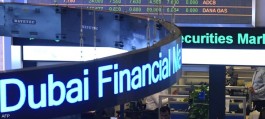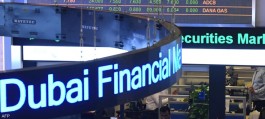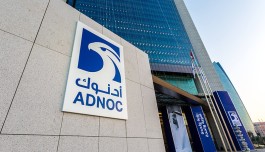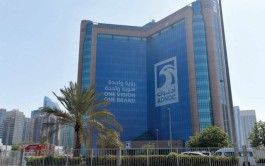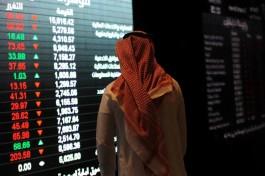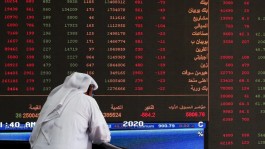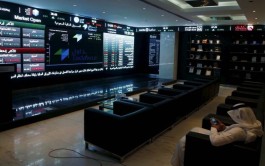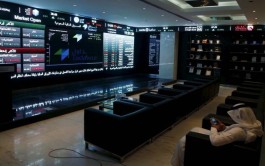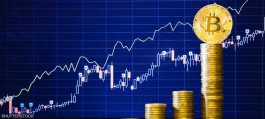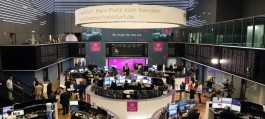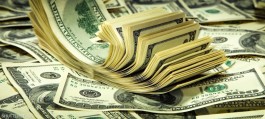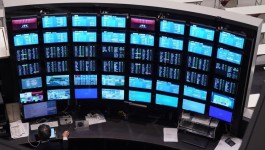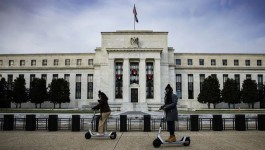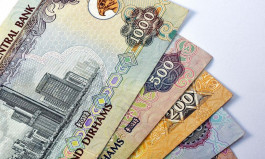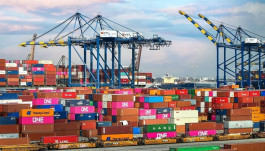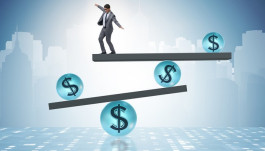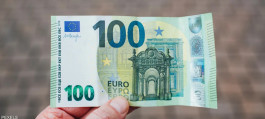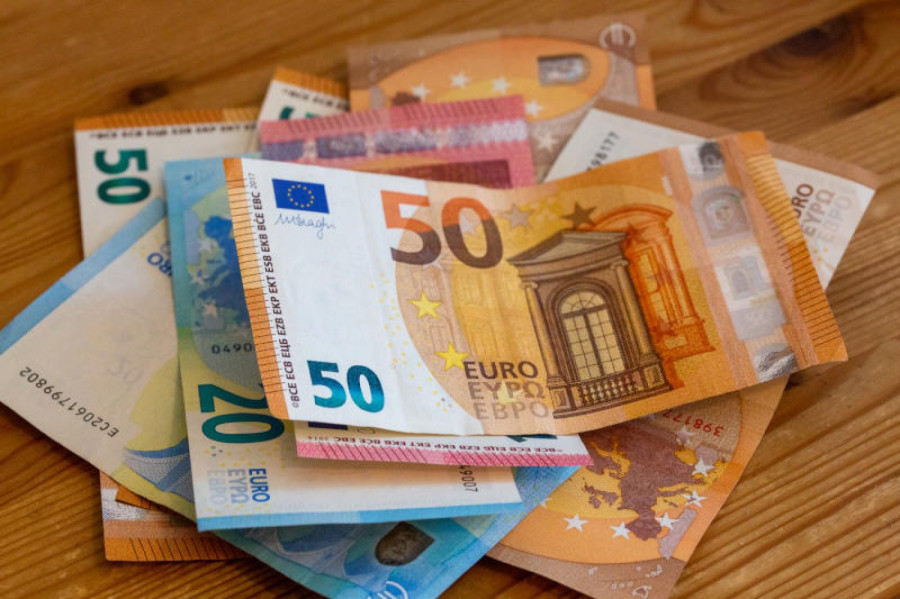The euro fell in the European market on Monday against a basket of global currencies, to resume its losses that stopped for two days against the US dollar, to approach once again the lowest level in four weeks, amid gloomy expectations for the single currency in the near term, in light of the recent directions of the European Central Bank.
Commerzbank expects that the strong US data compared to the economic data in the euro area indicates higher chances of the Federal Reserve raising interest rates again, which means that the US dollar appears more attractive than the euro in expectations of the final range of interest rates.
Euro exchange rate today
The euro fell against the dollar by 0.25% to $1.0980, from the opening price of trading at $1.1008, and recorded the highest level today at $1.1017.
On Friday, the euro rose 0.55% against the dollar, its second consecutive daily gain, with continued recovery from a four-week low of $1.0912.
Other than recovering from low levels, the euro rose after less-than-expected data on new non-farm payrolls in the US in July.
The euro lost about 0.1% last week against the dollar, its third consecutive weekly loss, due to renewed concerns about the widening interest rate gap between Europe and the United States.
European interest
Expectations about the European Central Bank raising European interest rates by about 25 basis points during the next September 14 meeting have receded, especially after the clear shift in the ECB's tone during last week's meeting.
European Central Bank President Christine Lagarde said that we may raise interest rates or stop raising them at the next September meeting, and this depends on the economic data.
Commerzbank forecast
The euro's recent pullback from highs near $1.12 comes as no surprise to analysts at Commerzbank who believe further softness in the euro's exchange rate in the near term is justified.
But at the same time, the German bank says it remains committed to the long-term outlook, which shows a strong recovery by the end of this year and the beginning of next.
In the latest research note from the Deutsche Bank, he said that the euro's decline below $1.1 is justified by setting the fundamental scene, and further losses can be expected in light of the European Central Bank's direction.
The head of foreign exchange research at Commerzbank, Ulrich Luchtmann, says the reasons for the rise of the EURUSD pair above 1.12 last month were weak.
Luchtmann added, in the coming weeks, strong US data compared to economic data in the eurozone is likely to indicate higher chances of the Federal Reserve raising interest rates again, which means that the US dollar looks more attractive than the euro in expectations of the final range of interest rates. .
Lochtmann explained, there are only limited opportunities left for the currency markets in the story of raising interest rates, both the European Central Bank and the Federal Reserve are close to reaching a final interest rate and changes by a few basis points here or there do not lead to a major game changer.
Economists at Commerzbank believe that the period of economic weakness in the eurozone is coming to an end at the end of the year and the beginning of next year, and this reduces the chances of the European Central Bank cutting interest rates.
Ulrich Lochtmann said weak expectations of interest rate cuts in the eurozone mean that risks to the euro should be viewed as low.
At the same time, economists at Commerzbank expect a significant economic slowdown in the US from then on, to which the Federal Reserve will respond by cutting interest rates.
Ulrich Lochtmann said that from a longer-term market perspective, the ECB is likely to be seen as a more hawkish central bank, and that should translate into a stronger euro against the US dollar in the FX market.
Commerzbank expects the euro against the dollar to approach current levels until next September before moving to 1.14 by the end of the year and 1.15 by the end of the first quarter of 2024.
However, levels around 1.15 are likely to peak and a steady decline is expected over the second half of next year as the US economy recovers from an expected recession.
